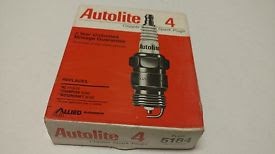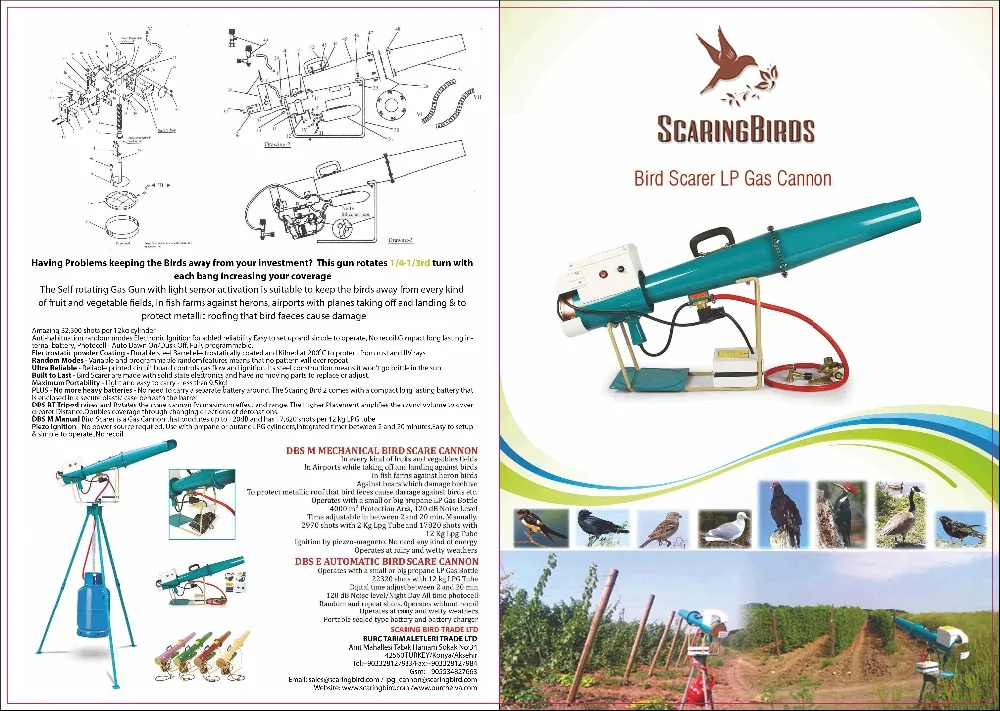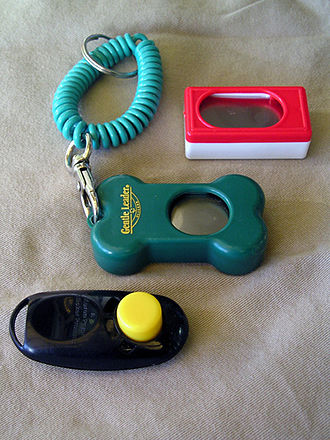Turning my attention now to the Explodophone 2.0, I wish to explore how to make sudden, brief, loud sounds to excite the resonant modes of the tuned tubes-- a snap, crack, pop, or bang (a SCPOB).
Small real and thought experiments had me thinking about the nature of such sounds. I compiled a list of things that make impulsive sounds:
| Mechanical: | ||
| Compressed air: | ||
| "pop"1 valves | ||
| Burst disks2 (leather, paper, metal, foil, elastomer) | ||
| cork guns | ||
| "Cricket clickers"3 | ||
| Hand clap | ||
| Finger snap | ||
| Mantis Shrimp4 | ||
| "Paper bangers"5 | ||
| Popping balloons6 | ||
| "Pop Rocks" dissolving | ||
| crisped rice in milk | ||
| little hammer thing like on electric lighters | ||
| whip crack7 | ||
| sudden material failure (dry stick, chalk in torsion, rocks cracking, etc. ) | ||
| shipping cushions/ bubble wrap | ||
| Bimetallic disk | ||
| Electrical: | ||
| Sparks (brief arcs)8 | ||
| Lightning8 | ||
| Piezoelectric disks | ||
| Chemical: | ||
| Liquid Fuels: | ||
| Gasoline | ||
| Kerosene | ||
| Methanol | ||
| Ethanol | ||
| Isopropanol | ||
| Gas fuels: | ||
| acetylene9 | ||
| hydrogen9 | ||
| propane | ||
| butane | ||
| Oxidizers: | ||
| air | ||
| oxygen10 | ||
| Nitrous Oxide | ||
| Explosives: | ||
| firecrackers | ||
| prilled ANFO11 | ||
| prilled black powder/cordite | ||
| caps, paper and plastic | ||
| fulminates | ||
| "Snap-N-Pops" | ||
| pull firecrackers | ||
| Other | ||
| Coloumbic explosion (electrostatic charge)12 | ||
| air detonation by laser heating | ||
| cavitation by ultrasound/sudden heating (inkjet print head)13 |
There are notes below on entries that might confound.
Meditating upon this list and doing a little research, I came upon two basic insights: 1. A SCPOB is mostly caused by a relatively large volume of air forced to move quickly; and 2. Most explosives (including fuel/oxidizer mixes) need to be constrained in some way to make a SCPOB.
Remarkably, a finger snap or hand clap can sound surprisingly like a firecracker or rifle shot. Although I do not profess a thorough understanding of the physics of such things, my guess is that the sudden collision of skin to skin forces a volume of air out of the way very quickly, creating a brief, relatively high amplitude wave train. Is this a shock wave? I guess.
For the Explodophone 2.0, reliability and reproducibility are paramount. Although a mechanical "cricket clicker"3 would do the trick, it is a little dull. A cap gun provided a nice reproducible explosion for Explodophone 1.0, but it would be nice to up the ante, or at very least use something that was cheaper in bulk. I thought first of electric sparks8, which can make sharp and even loud cracking sounds. Electricity is relatively cheap and electric sparks are cool. With this in mind, I purchased 16 Ford Econoline ignition coil packs

and 16 spark plugs.

Ignition coil packs are designed to plug directly into spark plugs and to give a 7-15 kV spark from a 12V source. Sadly, these made no more than a quiet click, and the spark did not seem reliable or robust. I will have to deal with this eventually. Simple experiments with capacitors don't seem to help; I may need to get actual condensers or follow modern car design using microcontroller timers and IGBJT transistors to switch them on. At any rate, I knew that, failing a loud enough spark on their own, that the spark plugs could be used to ignite a fuel or explosive. Although some improvement such as a Marx generator or a free-air "flashbulb" could lead to a loud explosive spark, I decided to move on and use the sparks for electrical ignition of a fuel or explosive.
As near as I can figure, an "explosive" is basically a fuel that has an oxidizer combined with it. The most violent ones have the oxidizer on the same molecule as the fuel, such as nitroglycerin; these can rearrange into a huge volume of product gases in a very small time.
Explosives come in two varieties: detonating and deflagrating. Detonating explosives burn faster than the speed of sound, creating a sonic-boom-like shock wave. These need not be enclosed in any way to make a bang. These tend to be more expensive, less stable, and more dangerous than the other kind, so they are usually used in smaller amounts as ignitors for other explosives.
If you have ever been disappointed when lighting a pile of black powder or firecracker guts, you have seen uncontained deflagrating explosives. These burn with a hiss or "fwump" with no SCPOB. In order to get a bang or boom, the explosive must be enclosed, or at least push a plug or projectile to a sudden release. The gas build-up may be slow (although it is usually accelerated by being contained), but the release of pressure is sudden, presumably making a shock wave.
Even paper caps require the paper to remain intact to pop. Just that brief, weak containment leads to a SCPOB instead of a fsst. There also seems to be a very different effect between smashing caps and lighting them on fire. I discovered that electrical spark or match ignition of a cap just leads to a puff and a lot of flame, but mashing a cap with a rock or hammer gives a proper bang. This could be attributed to breaking the paper seal, but my guess it that there's more to it. Smashing a cap with a hammer must lead to nearly the entire cap reacting at once, rather than burning from one end to the other. I suppose it emulates a detonation in that case.
A solid or liquid fuel with air as an oxidizer would be a potentially convenient, controllable, and consistent power source for the Explodophone. However, with the possible exception of acetylene or hydrogen, an uncontained mass of gas/air mix (ignited before it diffuses too far) would burn with a "fwoomp" or "wumpf" instead of a SCPOB. A memorable episode with my mother lighting an old gas stove illustrated that point. A fireball is dangerous, with a tangible pressure wave, but not a true detonation.
Looking at the difficulties and costs of liquid fuel injection caused me to steer away from that. Of the gases, hydrogen and acetylene seemed dangerous; hydrogen could be generated from electrolysis, but takes a long time and is hazardous to store; acetylene is costly and uses special equipment. Butane and propane therefore seemed best.
Propane is easy to obtain and doesn't have flow problems when outside temperatures are low, as butane does. It does come out at high pressures, but regulators are easy to purchase.
But how to best contain it to make a bang and not a fwoomp? A burst disk would require constant replacement. A single-shot pulse jet might also work, although it would require careful fabrication. I had almost settled on a sort of one-shot two-cycle piston engine that would suddenly release the gas with a pop, when it occurred to me that there was an existing device that accomplished what I wanted: the bird cannon.
The bird cannon (with many synonyms such as noise canon, scare cannon, etc.) does not refer to a cannon that shoots birds with projectiles, nor a cannon that uses birds as projectiles, both of which do exist (c.f. Mythbusters S01E09). Instead, it is a cannon used to frighten away nuisance birds (such as crows in a cornfield). If the bangs lose their startle effect on the birds, a caretaker comes out with a shotgun to condition the birds to once again fear the bang.
My problem was that information on how the blasted things work is scarce on the Internet. I could not decipher the basic principle from even such images as these. In retrospect, I get it, but such diagrams are short on explanation.


When I was close to giving up hope, I stumbled on an Instructable and a paper that unlocked it for me. More in the next log.
Notes On Table
1 I define a "pop" valve as any valve that can release suddenly and fully. Ideally such a valve would close slowly or would remain fully open until reset.
2 A burst disk is just a disk designed to break at a specific pressure. Such disks usually prevent a tank from rupturing. By all reports, they are LOUD.
3"Cricket clickers" are hand-held noisemakers that use a flexing metal thingy to make a sharp snap.

They are useful for training animals.
4The mantis shrimp has a "snap" that generates cavitation and a shock wave powerful enough to crack crab shells and glass. Whole books could be and have been written about this animal.

More about cavitation below.
5Paper poppers are of two kinds: the first is an origami-like toy that is rapidly swung through the air-- when it catches the air, it opens with a loud POP. The second kind actually consumes paper and makes a loud sound by bursting it. Certain toy guns used a simple roll of heavy paper as "ammo". Holes were punched in the paper by pneumatic pressure, giving a cap-like bang. Another toy of this type I recall from the seventies-- a sort of plastic cylinder painted to look like a monster. A slot made to resemble a mouth would receive a bit of newspaper, 2-3 sheets thick. Slapping down on the top of the cylinder would burst the paper with a loud bang. I have found no evidence these ever existed except in my memories. If you come across a mention, let me know so I can prove I'm not crazy.
6This article and the original research paper show a setup for bursting balloons that could be useful. It also shows that there is a shift in behavior at a threshold balloon pressure which could influence the sound.
7It is "common knowledge" that a whip crack comes from a part of the whip travelling faster than the speed of sound, hence making a "sonic boom". Recent research (and here's a more technical source) indicates that this is a little oversimplified. Although the tip of the whip can get going up to twice the speed of sound, it is the loop that makes all the noise.

This makes me think about the link between detonating explosives, sonic booms, and shock waves in general. There is still a lot I don't understand.
8Lightning causes the thunder, not the other way 'round. If you have ever heard the thunder at the same time you saw the lightning flash, you have noted that the thunder sounded more like a rifle shot than a low rumble. The sudden heating from a spark causes rapid expansion of the air, making a SCPOB. A prolonged spark (an arc) makes a characteristic sizzling sound. Because of the dispersive nature of air, a lightning crack far away becomes distorted-- primarily the very lowest frequencies persist the longest, making a rumble.
9Modestly-sized bubbles of hydrogen-oxygen mixture explode with shocking violence, making loud bangs. Acetylene-oxygen mix also produces violent explosions. It's possible that hydrogen-air and acetylene-air are energetic enough to make a detonating explosive, but I don't know.
10Pure oxygen can make some merely flammable materials essentially explosive. Nitrous oxide has a similar effect. It may be that usual propane or butane can be made into a detonating explosive just by combining it with oxygen or nitrous. This would require little to no containment to make a SCPOB.
11A prilled explosive comes in little balls. This would be a great way to meter out an explosion of a specific controlled size. ANFO prills can be found at https://www.dynonobel.com/practical-innovations/popular-products/anfo . I suspect I am on a Homeland Security watchlist for merely looking this up.
12A Coulombic explosion occurs when an object gains enough electrostatic charge that electrostatic repulsion within the object overcomes the tensile strength of the object. Typically this happens when a water droplet gets such a large static charge that it explodes into smaller droplets, or at least sends a few droplets flying off to reduce the charge. Here's a lousy video with some oil drops that are not exactly exploding-- YouTube doesn't seem to have any coloumbic explosions that don't involve sodium. Here's a video with water drops flying all over the place when the electric charge gets high. This effect is exploited by some hairdryers to make your hair dry faster (some of the water flies off, or droplets break up to expose more surface area, hence evaporating faster). Does this make a sound? I dunno.
13Cavitation is a shock wave, usually in water, caused when water collapses into a sudden void. This happens with ultrasound in water-- the low-pressure part of the wave causes dissolved air to bubble out of the water, then collapse suddenly when the high-pressure wave dissolves it again. The collapse creates a shock wave with many interesting phenomena-- some even think nuclear fusion could occur in these conditions. Here's a video about spark-induced cavitation in water. I wonder how loud this can get? It's worth noting that the unfolding-style "pop gun" (note 5) gets its noise from air rushing into a sudden void, a similar situation.
 bryan.lowder
bryan.lowder
Discussions
Become a Hackaday.io Member
Create an account to leave a comment. Already have an account? Log In.